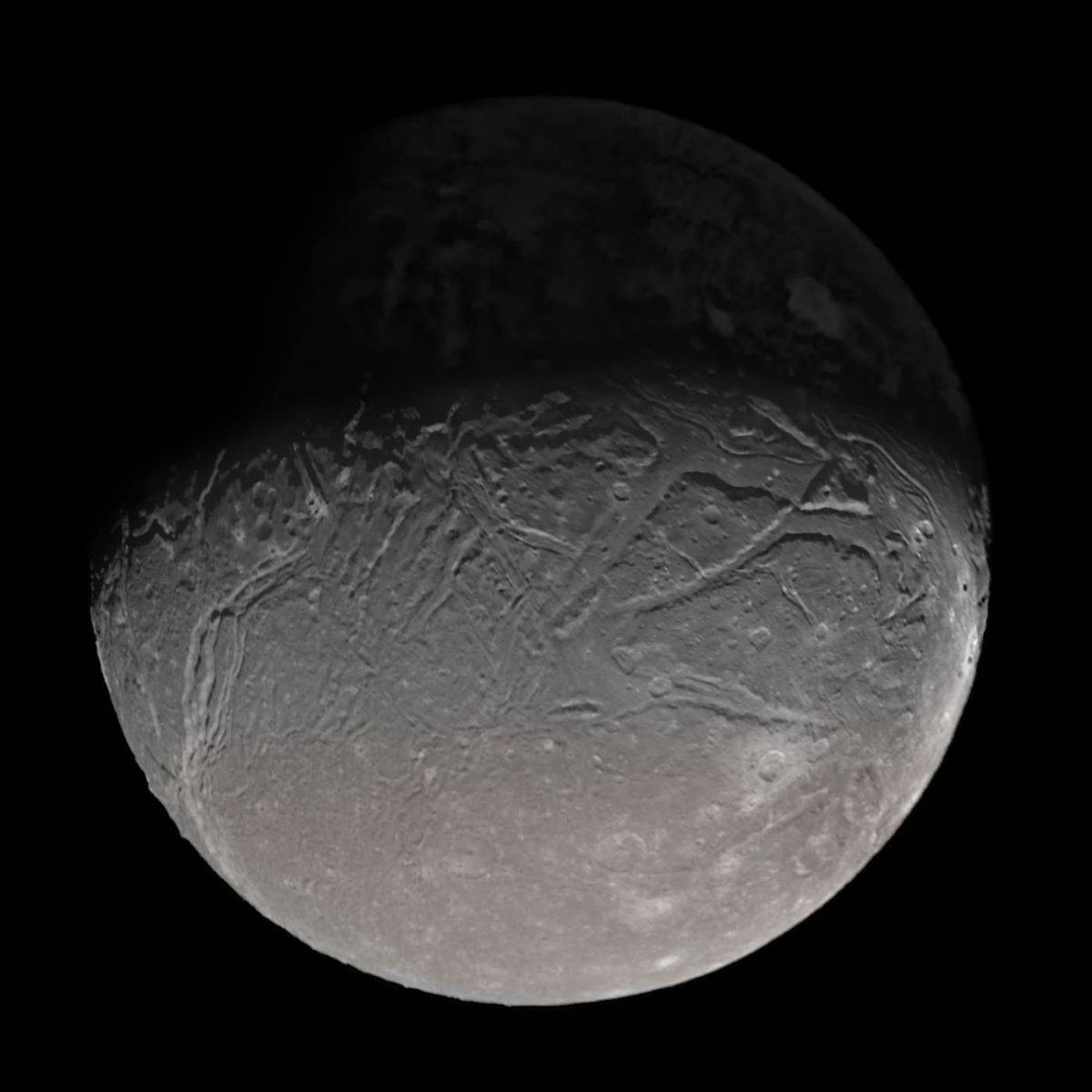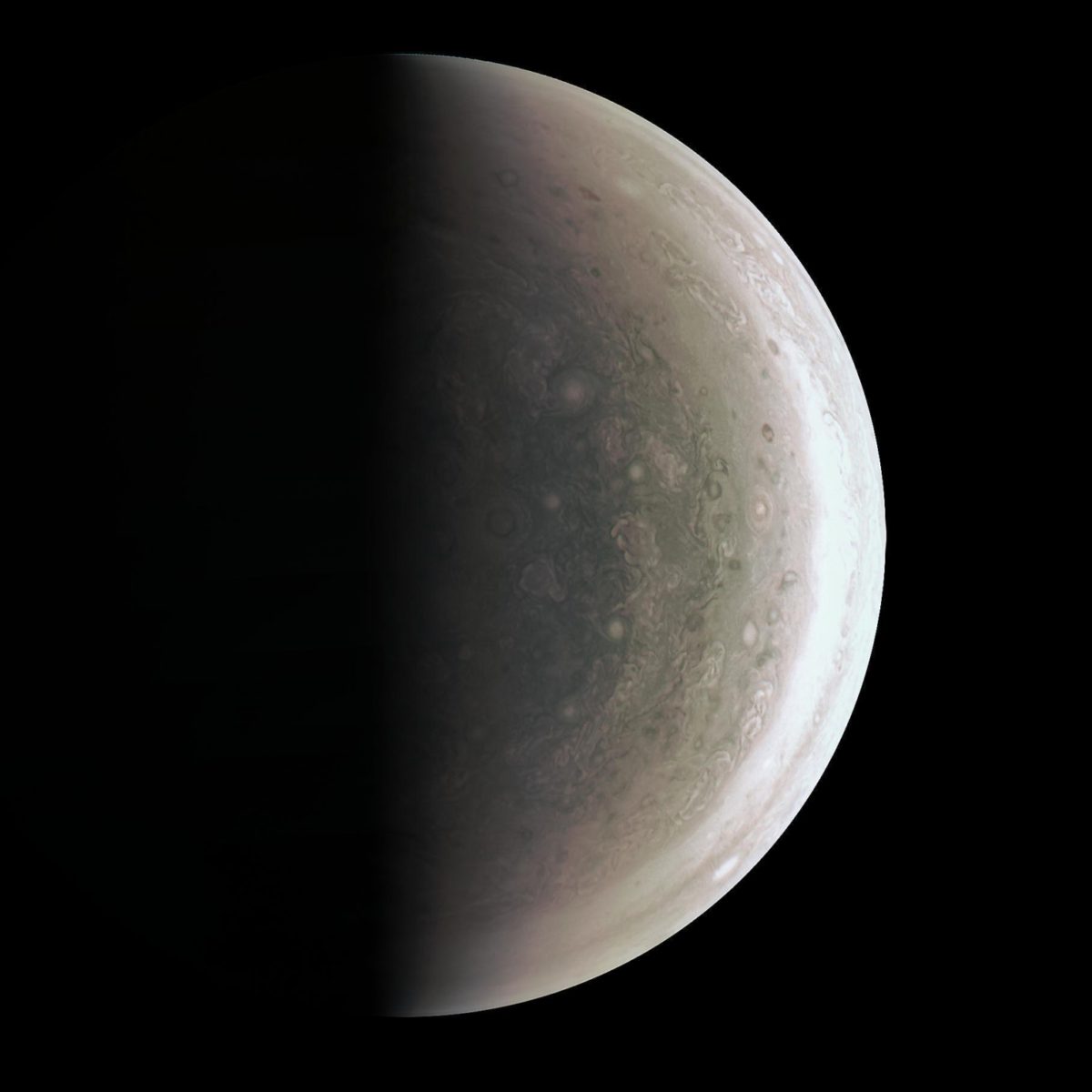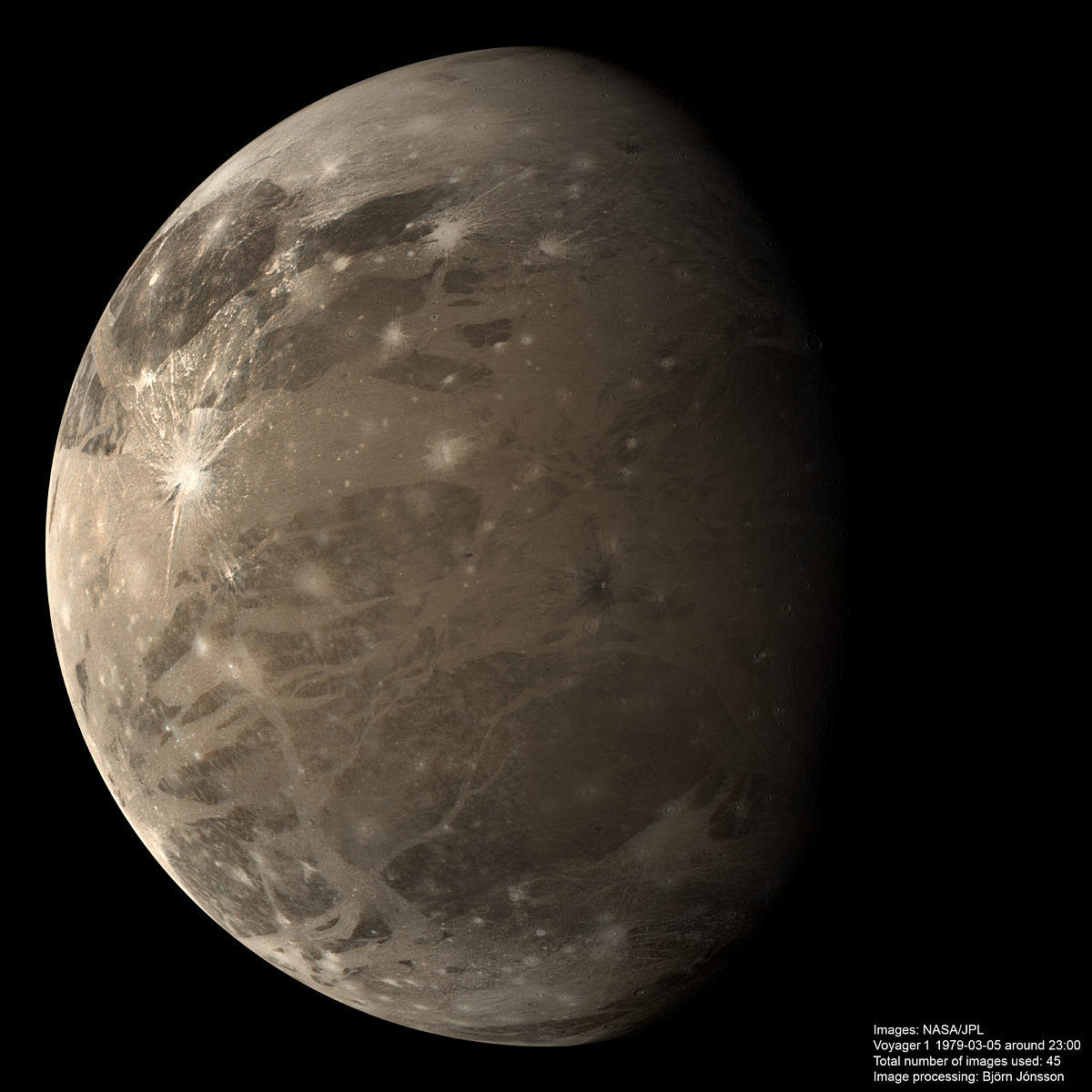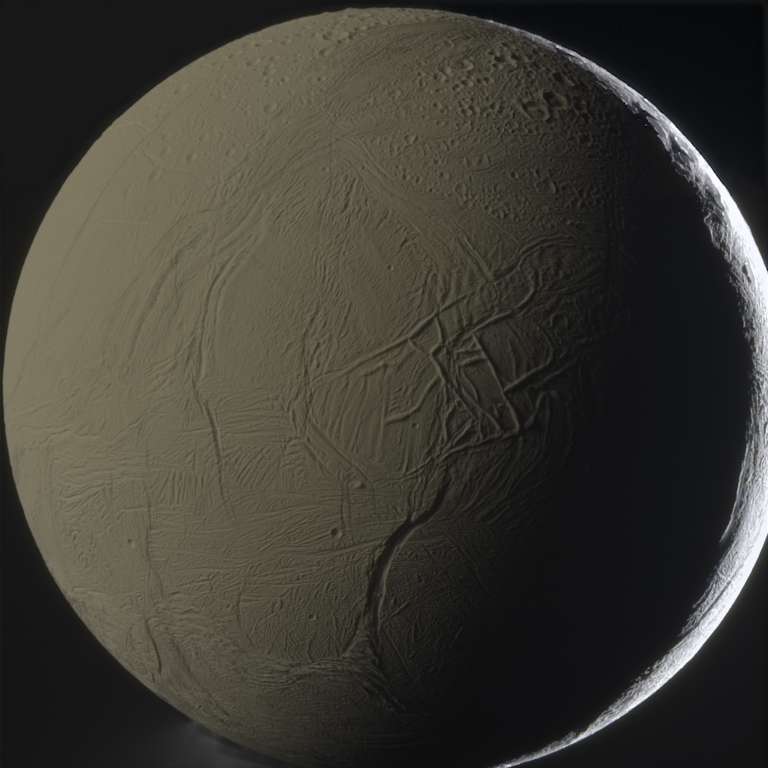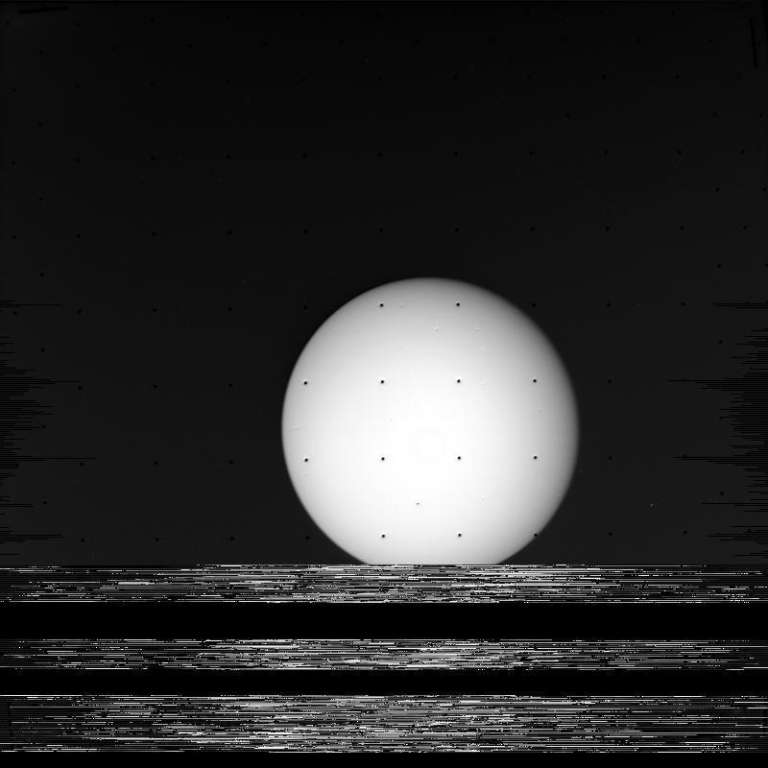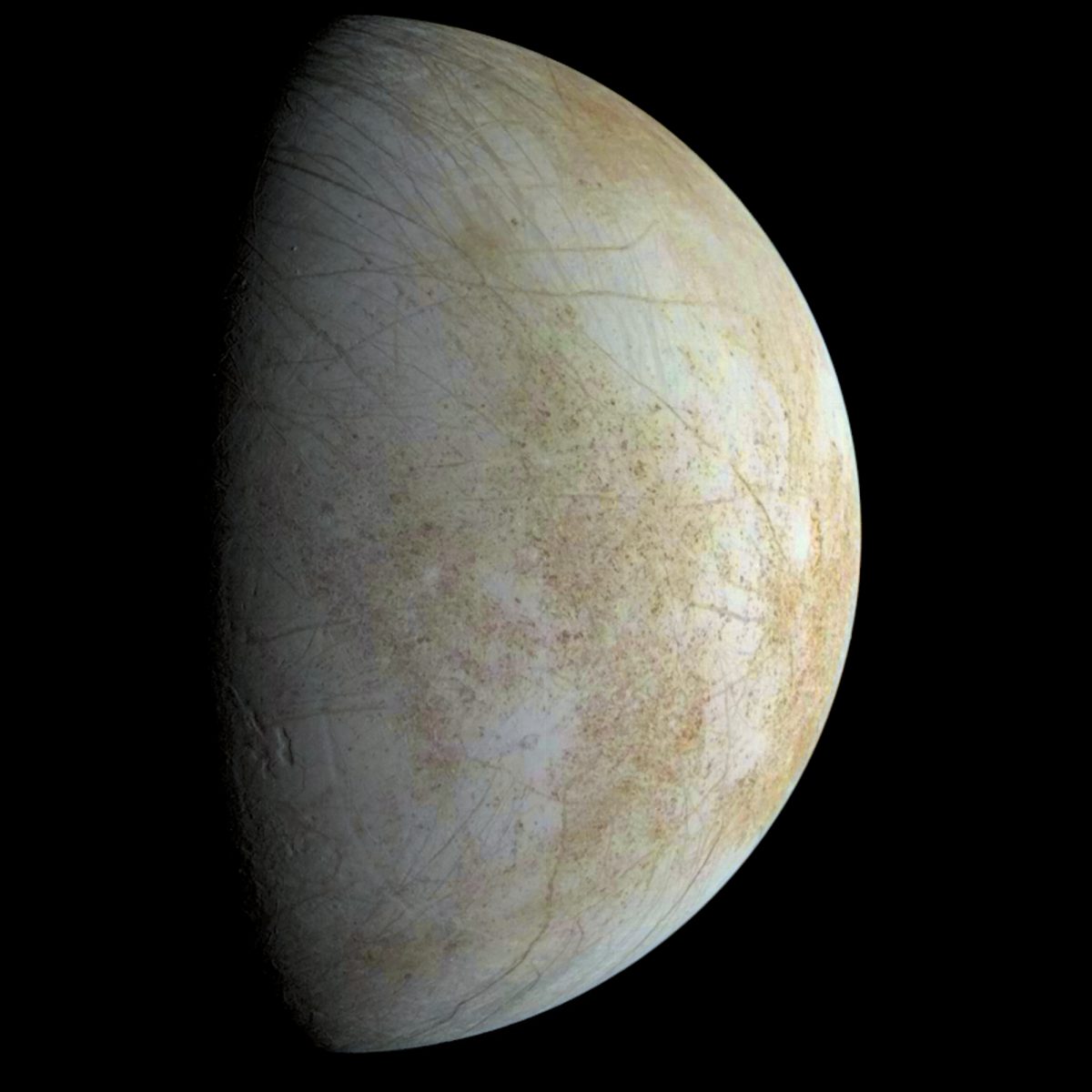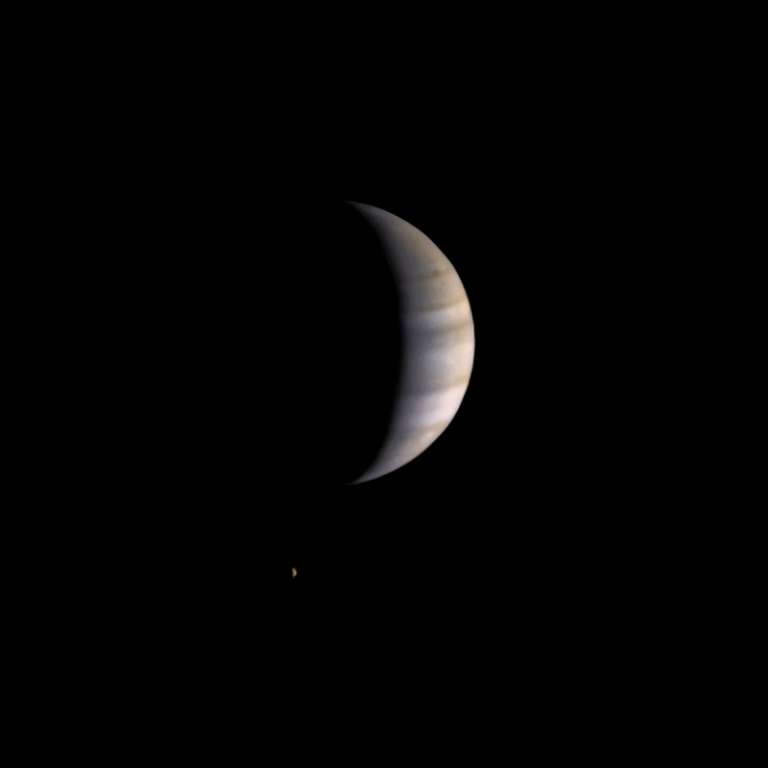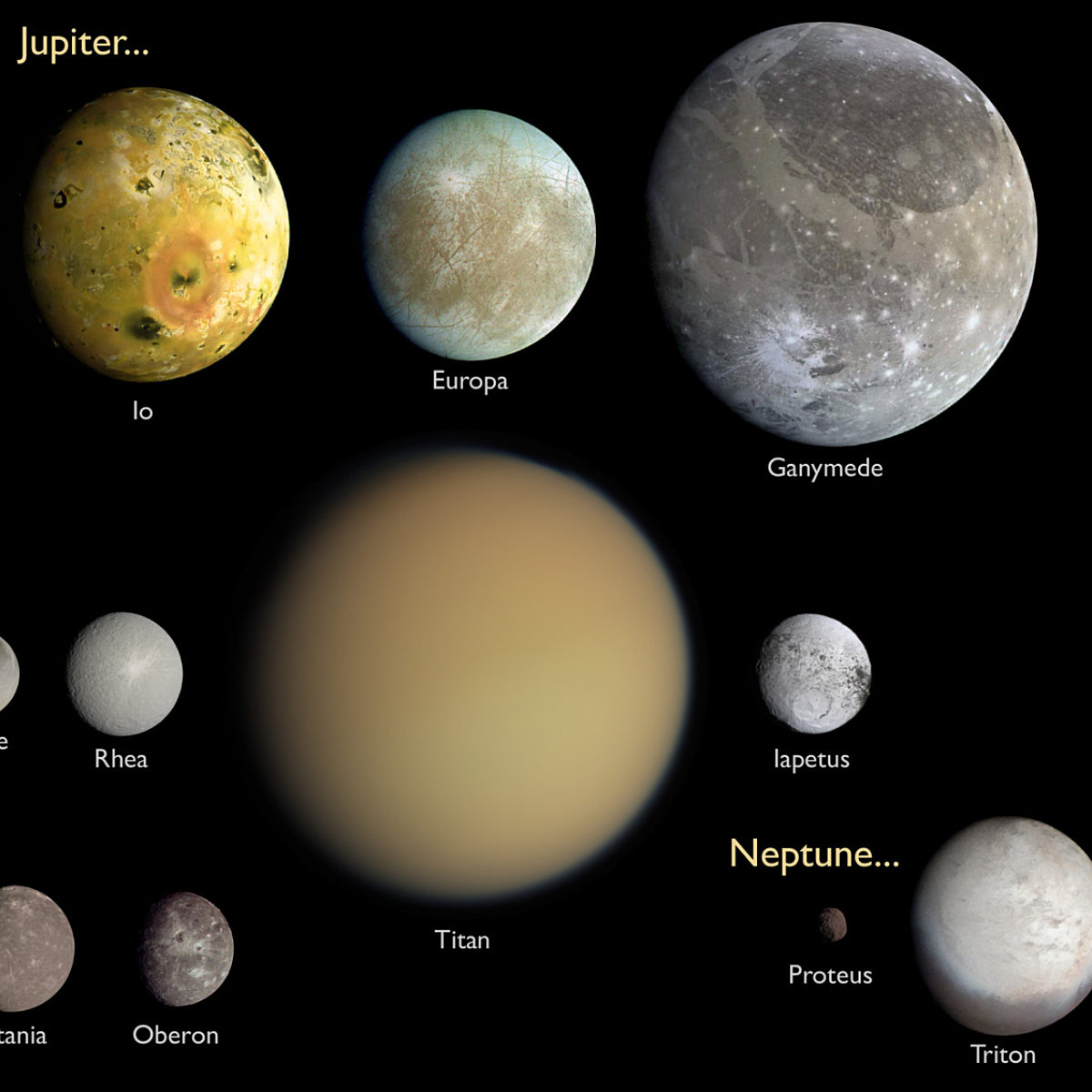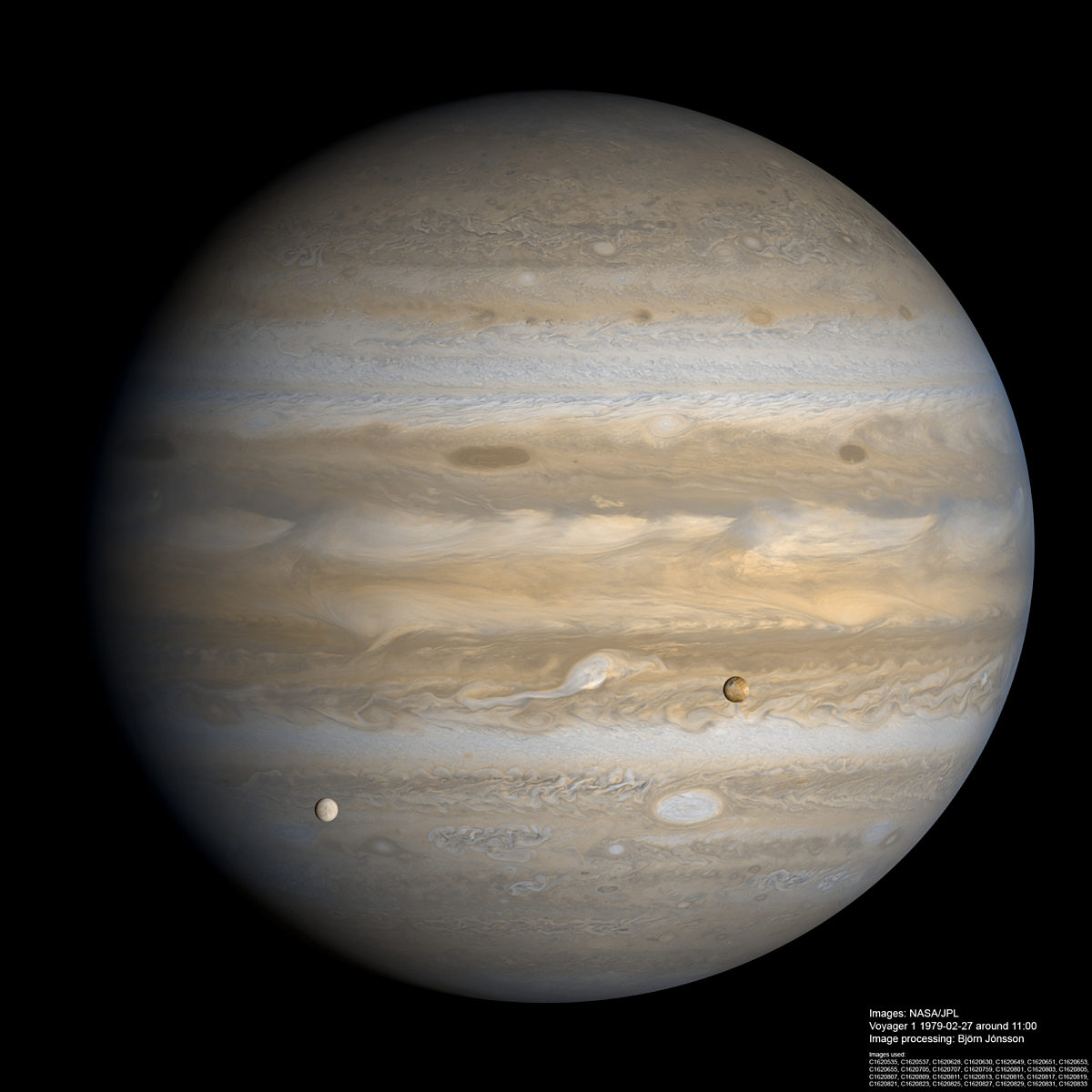All
All
Stories, updates, insights, and original analysis from The Planetary Society.
Voyager 40th anniversary: The transformation of the solar system
The Voyager missions transformed most of the large worlds of the solar system from points of light into places to be explored.
Juno's instruments return riches from first perijove
On August 27, Juno soared across Jupiter's cloud tops from pole to pole, with all instruments operating. NASA posted some terrific first results from several of the instruments today. And the JunoCam team released all 28 raw images taken during the close encounter.
Will Juno’s Instruments Observe the Moons of Jupiter?
It is not easy to observe Jupiter’s moons as more than points of light with Juno, because Juno will never get very close to any of the moons, but as its orbit shifts there will be opportunities to collect data on some of the moons.
Juno has arrived!
For a second time, NASA has placed a spacecraft into orbit at Jupiter. The spacecraft operated exactly according to plan, and Juno successfully entered orbit today, July 5, 2016, UTC
A peek at the JunoCam approach movie
We're now just about 12 hours away from Juno's Jupiter orbit insertion. As anticipation ramps up, NASA has released this sneak peek at JunoCam's approach movie, made of views of Jupiter and its largest moons shot during the final approach, up until about five days ago.
A moon with atmosphere
What is the solar system moon with the densest atmosphere? Most space fans know that the answer is Titan. A few of you might know that Triton's is the next densest. But what's the third? Fourth? Do any other moons even have atmospheres? In fact, they do; and one such atmosphere has just been discovered.
Four Ideas to Bust the Floor on Outer Planet Mission Costs
The road to lower costs outer planet missions has been paved by NASA’s first two New Frontiers missions, the $700M New Horizons mission to Pluto and the $1.1B Juno mission to Jupiter. But can the cost of a mission to the outer solar system be cut to $450M, the limit for a Discovery mission?
Three Major Volcanic Eruptions Observed On Io in the Span of Two Weeks
Jason Perry brings us a report on recent ground-based observations that shed new light on the most powerful of Io’s volcanic eruptions.
Through a Glass, Darkly
When sent from deep space, even imperfect images can inform and amaze.
Europa New Frontiers Mission? (Or why I like the Europa Clipper concept even more now)
Europa remains a top priority for a future mission to explore whether it could host life. While the Europa Clipper mission, remains the current front runner, a senior NASA manager has suggested that the agency may look at still lower cost options. Van Kane looks at what those options might be.
NASA’s New Planetary Mission Woes
NASA’s planetary science program depends on regular missions to solar system bodies to gather data. A combination of budget cuts and previous commitments to develop missions currently in the pipeline means that development of follow on missions may slow to a crawl. Van Kane looks at the current situation and NASA’s plans and then look at options the agency may consider if budgets remain tight into the next decade.
Jupiter and Io from Pioneer 10
This is a parting shot of Jupiter and Io, taken December 5, 1973, by the Pioneer 10 spacecraft, the first to see either world as a crescent.
Scale comparisons of the solar system's major moons
A few presentation slides with pretty pictures, sized to scale, of the large moons of the solar system.
Voyager 1 revisited: Io and Europa transiting Jupiter
What is the highest resolution global Jupiter mosaic that includes a satellite transit that can be assembled from Voyager images? Satellite transits are especially beautiful when the resolution is high enough for some details to be visible on the satellites so I decided to check this. And I was remarkably lucky.
Pretty picture: Jupiter photo from an unusual source
A recently launched Earth-observing satellite is using the stars to practice its pointing, and caught a neat animation of Jupiter.
Book Review: Atlas of the Galilean Satellites, by Paul Schenk
Not many subjects remain for which it is possible to assemble everything that we know about it in one book. Even for those subjects for which our knowledge is limited, knowledge seems always to be expanding exponentially. This is not true, however, for the Galilean satellites of Jupiter.
Scale solar system presentation slide, a provisional version for you to review
I'm preparing a talk for the Pacific Astronomy and Telescope Show here in Pasadena on Sunday afternoon at 1:45. I have spent the morning putting together a slide that I have long wanted to have for presentations.
Galileo's still producing discoveries: A magma ocean within Io!
A fresh report was published online yesterday in Science Express on the discovery of a magma ocean beneath the surface of Io. Big news! This is a paper I've been looking forward to seeing for more than year and half.
Mercury: a moon-scale body
As I wait for the MESSENGER Mercury Orbit Insertion webcast to start, I thought I'd fiddle with some images to point out that Mercury is a bridge between the scales of planets and the scales of moons.
LPSC 2011: Wanted: Pioneer 10 & 11 digital data
This is both a Lunar and Planetary Science Conference (LPSC) update and a public service announcement. Ted Stryk has been working for years to locate the original Pioneer 10 and 11 image data from the Jupiter and Saturn encounters.


 Explore Worlds
Explore Worlds Find Life
Find Life Defend Earth
Defend Earth


 Sun
Sun Mercury
Mercury Venus
Venus Earth
Earth Mars
Mars Jupiter
Jupiter Saturn
Saturn Uranus
Uranus Neptune
Neptune Small Bodies
Small Bodies